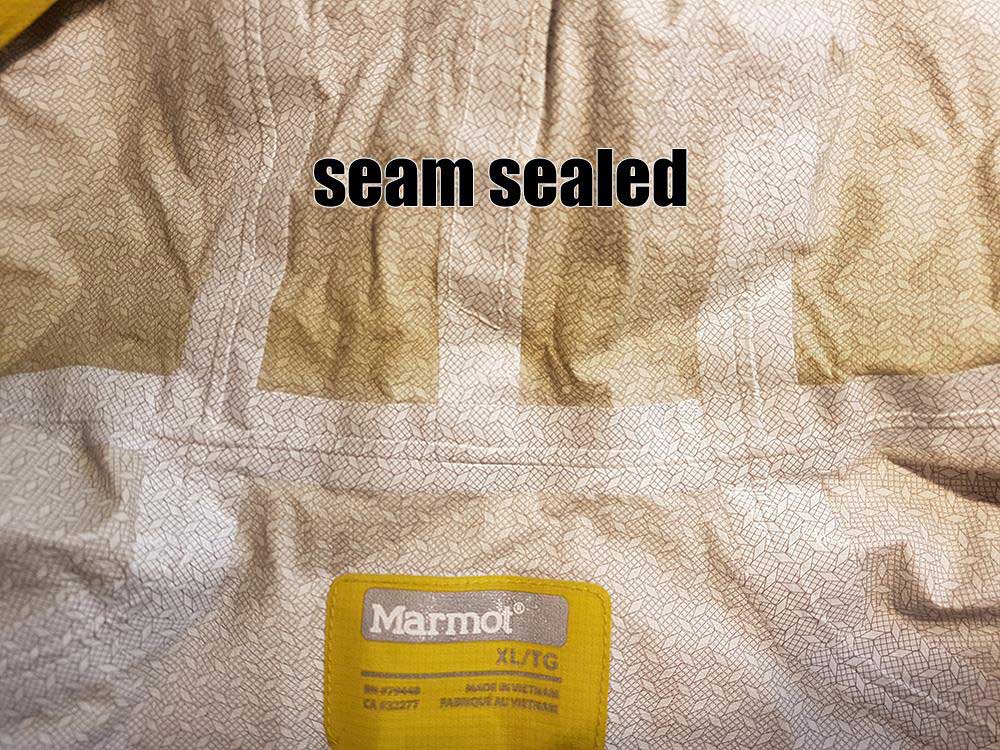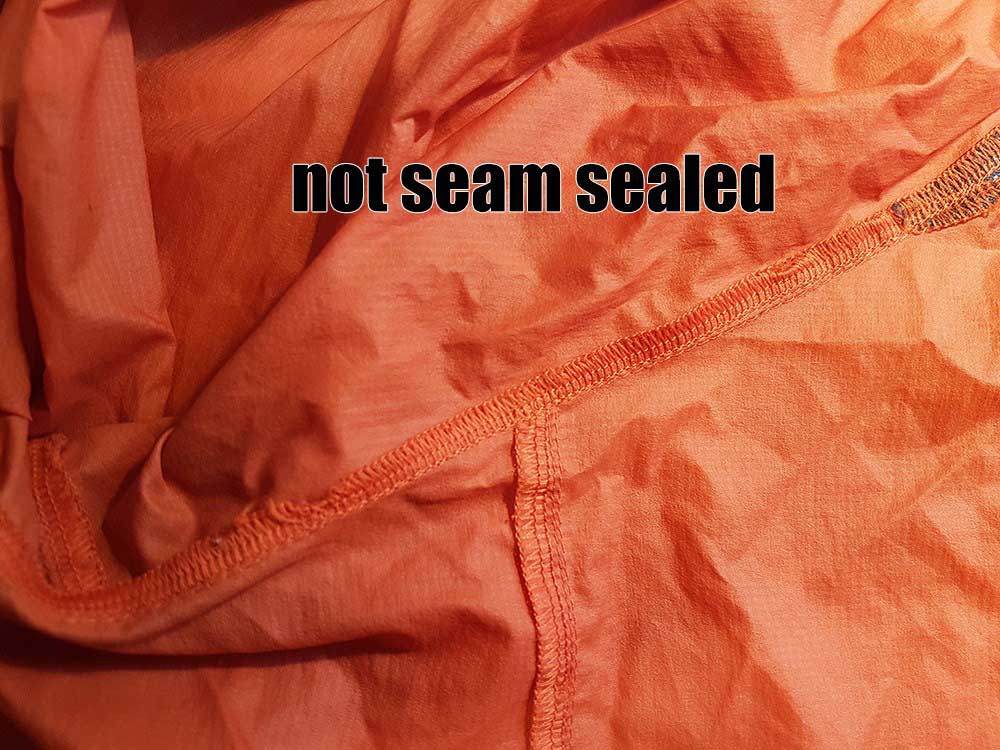What The Heck Is A Seam-sealed Jacket Anyway?
You know those people who throw around the word “literally” all the time when they literally don’t mean to say literally at all?
This happens a lot with the word “waterproof” as well. We talk about our waterpoof jackets and our waterpoof pants when, in reality, the vast majority of the time, these items are only “water resistant”.
As part of our list of mandatory gear, depending on weather conditions, we oftentimes require runners to wear a waterproof jacket: to be fully waterproof, a jacket has to have sealed seams – otherwise, while the rest of the jacket might be waterproof, water will still get through the seams and, while that might not sound like a big deal for a while, it’ll soak you through after a few hours in the pouring rain.
When a runner shows up for gear check with a “waterproof jacket” with no sealed seams, we have to go through the not-fun-for-anyone task of informing that runner they’ll have to find another jacket in the few hours before the race start.
To clear any confusion, here’s the deal: if your jacket is not seam-sealed, it is not waterproof. It is only water resistant.
Here’s a very clear guide of what to look for when you buy a seam-sealed jacket.
Picture 1: This is an example of seam sealed.

For a jacket to be 100% waterproof it will also need to have taped seams. Taped seams are heat sealed seams that stop water coming through the stitching. It is particularly important to choose a jacket with taped seams if you will be in heavy, prolonged rain.
Picture 2: This is an example of not seam sealed. Note – seams are basically just stitched together.

As you can see from the photos above, truly waterproof jackets have a membrane running along the seams to keep water from getting through those.
Look for these seams when shopping for a waterproof jacket for your next race.
It’s one of the best purchases you’ll ever make as a trail runner. Literally.
